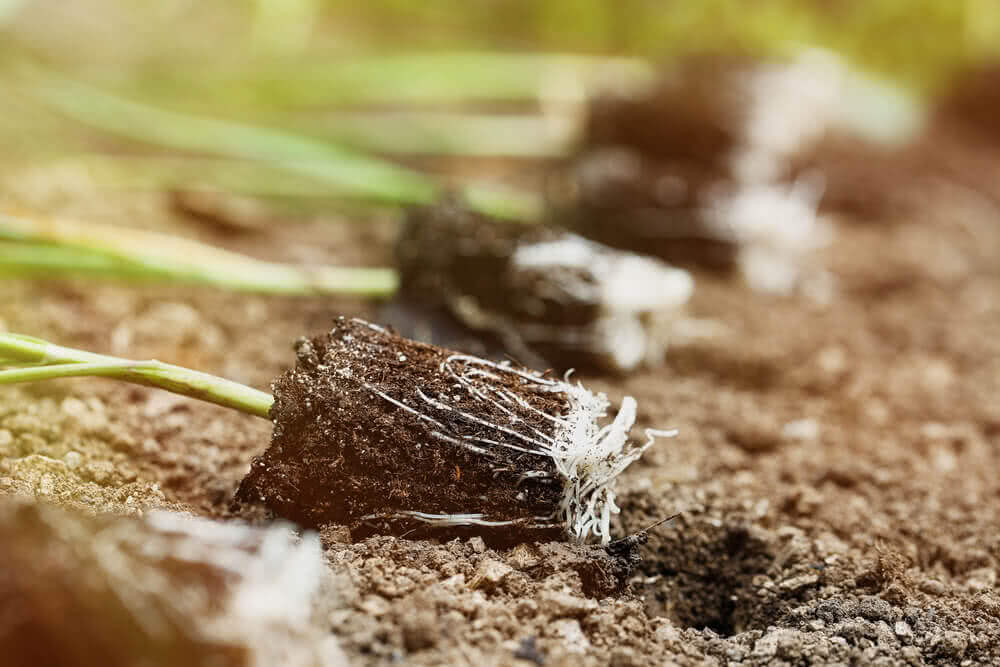Some plants can produce new stems from the adventitious buds formed on their roots. Such new growths are called suckers. New seedlings emerge near a mother plant from below the ground. These plants are carefully separated and transplanted in the rainy season, while for many plants following procedure is essential. Read about Gardening tips for monsoon.

Steps for Root Cuttings:
- Season: In garden plants, root cuttings are taken at the beginning of monsoon season for further propagation.
- Repotting: For many ornamental plants, roots are accessible during repotting process.
- Size & length: Root cuttings should be taken from young roots of average thickness (pencil thick). Length of the cut root may vary from 2.5 to 15 cm with one or few buds.
- Placing root cutting: Place the cuttings horizontally or vertically in light soil or sand. Place the longer cuttings (7 cm or more) vertically only. Cover horizontally placed cuttings with adequate soil and firm them.
- The polarity of root cuttings: In case of root cuttings too, the phenomenon of polarity should be taken into account. The stem (shoot) side should be on top (upper end) & the root side should be at the base(lower end). The root cutting should not be placed upside down. For easier identification, give an oblique cut at the lower end of the cutting.
- New plant: The adventitious buds give rise to new shoots, and roots grow from the base of these buds or the cut sections of old roots. Soon the new plant is formed which is genetically identical (clone) to its mother plant.
- Transplantation: Once the new cutting is established with at least 4 to 6 leaves, it can be transplanted as a new plant in pot, container, or directly in the garden.

Plants That Can Be Propagated by Root Cuttings:
Herbaceous plants: Achillea, Anemone, Gypsophila, Gallardia, Phlox, Salvia, Chrysanthemum to name a few.
Woody plants: Ixora, Jasmines, Aralia, Campsis, Clerodendron, Lagerstroemia, Wisteria, Yucca, some Rose species to name a few.
Following 2 trees are widely cultivated in India by root cuttings:
- Millingtonia hortensis (The great Indian cork tree): A beautiful evergreen tree with amazingly fragrant flowers.
- Artocarpus heterophyllus (Jackfruit tree): One of the most important fruit crop in India.

New lawn is also established in monsoon season by planting root cuttings of Paspalum or Doob grass.
The process of propagating plants by root cuttings makes us understand the functioning of plant body in depth. The most important thing we learn is the capacity & potential of any plant part to regenerate into an entirely new individual plant.
Read more about various plant propagation techniques in our following series of blogs: Stem Cuttings, Leaf Cuttings, Grafting, Air Layering, Budding.
Lets Ugaoo!












